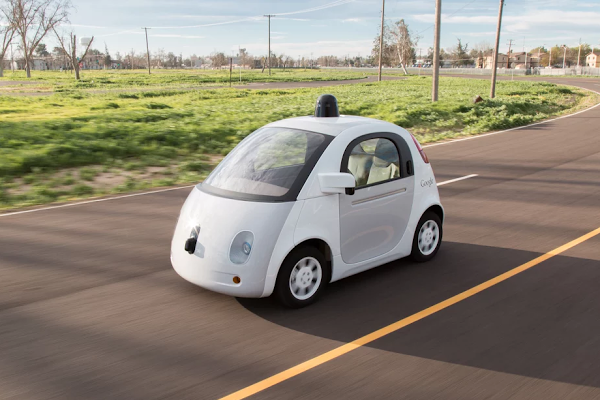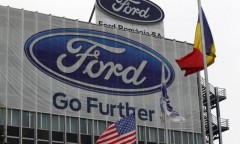By Steve Pak, | January 09, 2016

Google Self-Driving Car
Self-driving cars are involved in fewer vehicular accidents than automobiles with human drivers, based on a university research that was released on January 8, Friday. Alphabet subsidiary Google commissioned the Virginia Tech study, which examined the company's 50 autonomous vehicles that have racked up 1.3 million miles in the states of California and Texas.
Like Us on Facebook
The study was conducted by the Virginia Tech Transportation Institute. During the past six years Google driverless vehicles have been involved in 17 accidents and the robotic cars were never at fault, according to ImmortalNews.
The average number of accidents per million miles completed by human drivers is around 4.2. However, the figure is 3.2 crashes for self-driving cars.
Virginia Tech's study found that crash rates of all severity levels were higher for traditional vehicles than for self-driving cars, according to India Today.
Google spokesman Johnny Luu shared that the search giant requested Virginia Tech to conduct the study to compare autonomous and traditional human-driven vehicles. This made better "apples-to-apples" comparisons.
Last year a study completed by the University of Michigan Transportation Research Institute discovered that crash rates for driverless cars were higher than human-driven vehicles. That included Google and Audi autonomous vehicles.
The study also pointed out that the yearly volume of driverless cars is only 1.2 million miles. Meanwhile, the figure for human-driven vehicles is 3 trillion miles.
There is also an X-factor. Estimates show that 60 percent of crashes involving property damage, and about one-quarter of injury crashes are not reported to local authorities.
In the state of California, it is legally required to report all self-driving car crashes. Furthermore, a new proposed California regulation would require a steering wheel and driver in autonomous vehicles to allow a human to take over in the case of onboard computer errors.
Google opposes the proposed rule. It argued that it prevents the auto tech from being developed and also achieving its full potential.
Self-driving cars also include other new safety features. They include tiny windshield wiper cameras, which NBC News reports have received limited testing due to the continuing California drought that started in 2013.
-
Use of Coronavirus Pandemic Drones Raises Privacy Concerns: Drones Spread Fear, Local Officials Say

-
Coronavirus Hampers The Delivery Of Lockheed Martin F-35 Stealth Fighters For 2020

-
Instagram Speeds Up Plans to Add Account Memorialization Feature Due to COVID-19 Deaths

-
NASA: Perseverance Plans to Bring 'Mars Rock' to Earth in 2031

-
600 Dead And 3,000 In The Hospital as Iranians Believed Drinking High-Concentrations of Alcohol Can Cure The Coronavirus

-
600 Dead And 3,000 In The Hospital as Iranians Believed Drinking High-Concentrations of Alcohol Can Cure The Coronavirus

-
COVID-19: Doctors, Nurses Use Virtual Reality to Learn New Skills in Treating Coronavirus Patients











